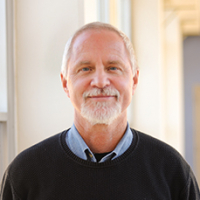Large eddy simulation of shock wave turbulent boundary layers interaction
Supersonic commercial flights between London or Paris and New York were a regular occurrence for decades, but the high cost of operating such flights eventually led them to be discontinued. Efficient new designs could produce a cost-effective way to restore supersonic or even hypersonic (more than five times the speed of sound) air service.
This research focuses on the development of accurate simulation methods for modeling hypersonic flows over simplified vehicle geometries, where shock waves interact with the flow near the vehicle surface.
The accurate prediction of such flow interactions is critical to the effective design of supersonic and hypersonic vehicles.
Role of Caliburn
Caliburn provides a unique and critical resource for these simulations. The supersonic turbulent boundary layer simulation required 384 cores and more than three days of wall-clock time. Future simulations at a higher Reynolds number and Mach number will require up to 1,000 or more cores and a week or more wall-clock time. Caliburn is enabling us to explore new and exciting research in supersonic turbulent flow simulation.

Principal Investigator: Doyle Knight, Professor – View his personal lab page.
Student: Nadia Kianvashrad, PhD Candidate
Institution: Rutgers University–New Brunswick, Dept. of Mechanical and Aerospace Engineering